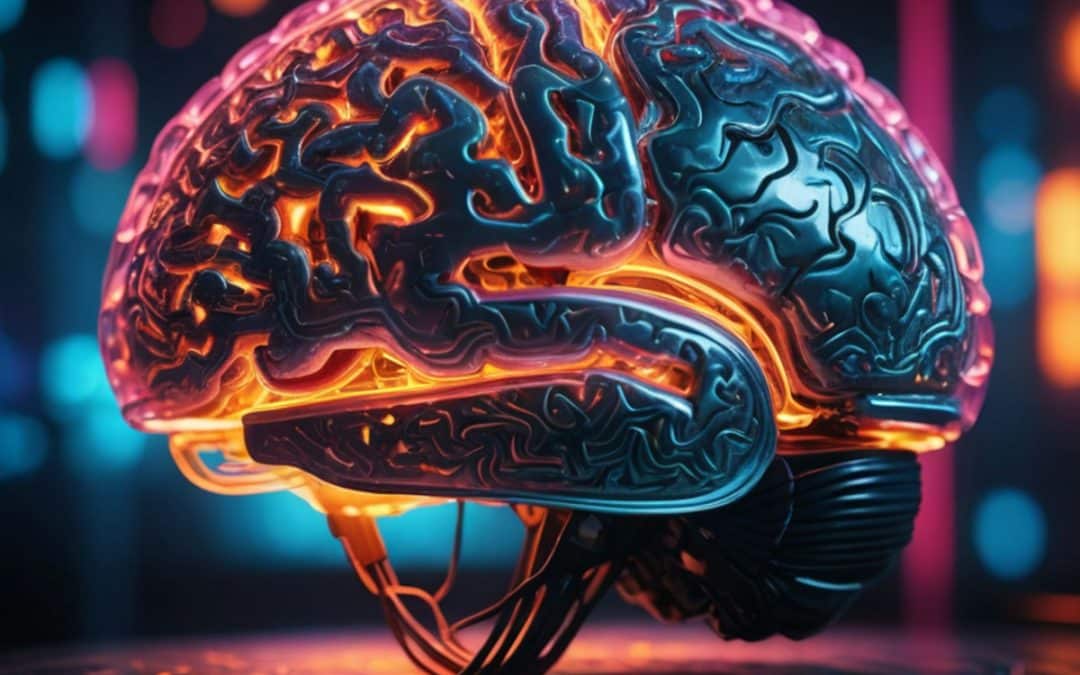Weather forecasting has come a long way since Lewis Fry Richardson, a Cambridge graduate in 1915, attempted to predict the weather using pen, paper, and basic mathematical equations. Thanks to the power of modern technology, what once took weeks to compute now happens in seconds. But a new shift is shaking the foundations of weather prediction—the rise of artificial intelligence (AI).
For the past 70 years, weather forecasts have relied on numerical weather prediction (NWP). This method uses supercomputers to solve incredibly complex mathematical equations, simulating the atmosphere and forecasting what is to come. It is effective but extremely resource intensive.
Enter AI. Recently, AI-based models have emerged as genuine contenders in weather forecasting. Instead of relying on these heavy equations, AI systems use machine learning to learn from past weather data and make rapid predictions that are cheaper and faster than ever before.
One of the first AI-based systems to go live was Pangu Weather, developed by Huawei in 2022. Its development came much sooner than experts expected, marking a significant shift. Another system, developed by Google’s DeepMind, has outperformed traditional models for the first time, showing that AI is not just catching up—it is overtaking.
AI is here to stay and not going away.
So, what is so special about these AI systems? Traditional NWP requires vast computing power, and running these models on supercomputers can take hours. In contrast, AI can process massive datasets with far less computing infrastructure, providing faster results. This can be especially useful when quick predictions are critical, such as during extreme weather events.
However, the AI systems are not perfect. They struggle with extreme events like hurricanes and typhoons—precisely the moments when we need forecasts to be most accurate. AI also faces challenges due to climate change. The models are trained on historical data, so predicting future weather in a changing climate becomes tricky. But AI researchers are improving this, and it is only a matter of time before these systems become even more reliable.
AI and Transformers: What is the Big Deal?
The latest breakthrough in AI for weather forecasting is the Transformer technology. If that sounds familiar, it is because Transformers are the same tech behind popular language models like Chat GPT. How do they work for the weather? Transformers break down data into smaller, manageable parts, such as atmospheric and surface conditions. This approach allows them to process weather data much like text or images.
One of the most impressive things about Transformer models is their ability to update predictions using new information, much like getting a more accurate forecast throughout the day.
What Does This Mean for Us?
For everyday people, this means weather forecasts will get faster, more accurate, and better at predicting severe weather events. Industries like aviation, agriculture, shipping, and energy all stand to benefit from more reliable forecasts. As AI systems become more refined, we may see better warnings for hurricanes, tornadoes, and other natural disasters, saving lives and reducing economic losses.
It is not all sunshine and rainbows yet, though. AI systems, as impressive as they are, still have limitations. They struggle with high-frequency data (like wind speed), and some processes in weather forecasting still require traditional methods. As Professor Turner, the expert behind these advances, points out, we are still missing a key element: physics. Current AI models do not yet understand the physics of weather—they are good at finding data patterns.
What’s Next?
The future of weather forecasting will involve a combination of AI and traditional methods. Researchers are exploring ways to integrate AI with numerical weather predictions and are even toying with the idea of using generative AI models to overcome issues like data bias. The goal? An end-to-end system that learns from real-time observations and can provide even more accurate forecasts without needing massive supercomputers.
In short, we are beginning a revolution in weather forecasting. AI might not replace traditional methods overnight, but it is rapidly becoming a key player in predicting tomorrow’s weather.
Want to dive deeper into this? Here’s an excellent video on what inspired this blog post. Professor Richard Turner – The Quiet AI Revolution in Weather Forecasting – YouTube

